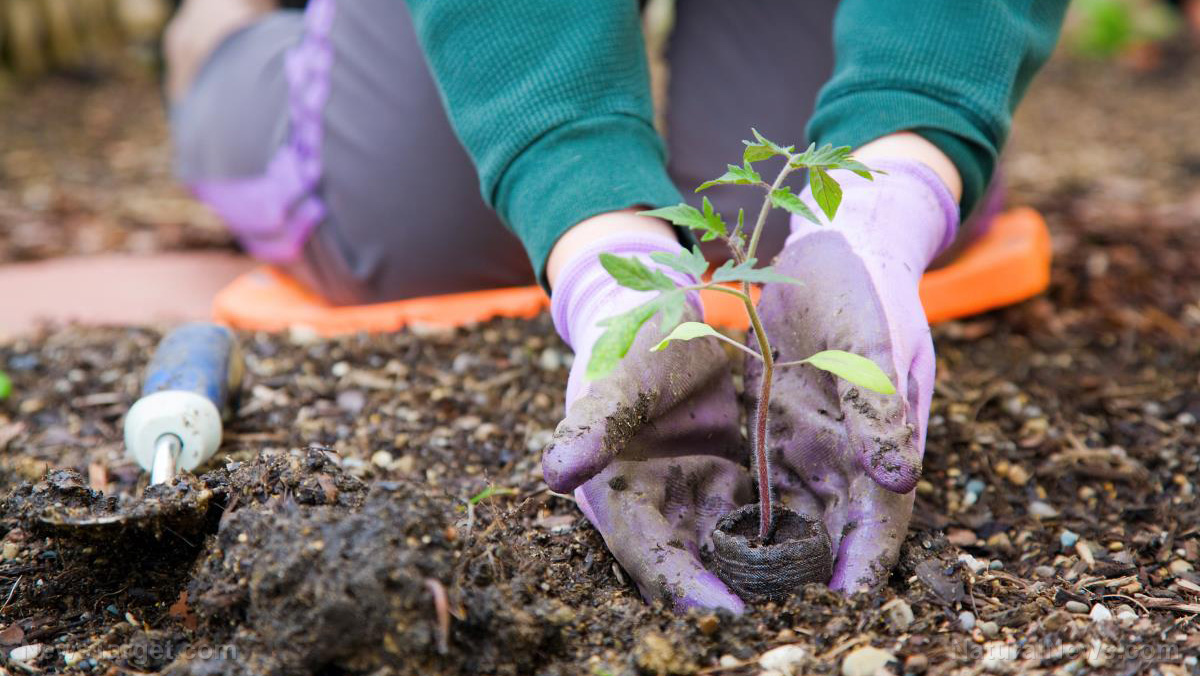Gear tips: Prolonging the life of your dry bag
08/14/2018 / By Michelle Simmons

Dry bags are waterproof bags used to keep the contents inside dry and safe. They are essential when you go out in the water. In order to keep them at their optimum shape and prolong their life, follow these tips recommended by dry bag experts. (h/t to GearInstitute.com.)
- Handle with care – Although dry bags are made of thick, coated fabric or polyvinyl chloride (PVC), they still need to be handled carefully. Do not throw, shove, squeeze, drop, or drag these bags to keep them at their best state. A small tear in the bag can compromise its durability.
- Wash the dry bags every after use – Whether the dry bags seem dirty or not, it is important to wash them after using. Although they cannot be seen, a lot of fine grain sand are suspended in the water. These particles can get into the fibers of the bags and wear away the waterproof coating. Therefore, washing the dry bags in and out, and drying it well every time you use it will help prolong its life.
- Keep them dry – When wet clothes or moisture on other gear are left inside the dark, airtight dry bags, they can rapidly turn moldy. Therefore, turn damp bags inside-out to prevent mold from growing and eating the coating on the bag. If you need to kill mold, use a homemade mixture of lemon juice, vinegar, and water instead of harsh cleaners. Then, wipe the solution on the mold spots, let the bag dry, then rinse it with water.
- Avoid sun exposure – High exposure to the sun can also wear down the dry bags. Instead, store them in a cool, dark place when not in use.
- Keep solvents away from the dry bags – Solvents, such as sunscreen, alcohol, and gasoline, can destroy dry bags by causing the laminate on them to peel away, which make them useless. The fabric will turn sticky and separate from itself. Instead, put them into the cheapest bag, so that in case they spill, they would not be in contact with the expensive gear.
- Fill up your bag – Dry bags work best when they are full, but not overstuffed. Fill empty spaces with clothing instead of hard items such as camera equipment. There must be some internal pressure as the bag is rolled and closed.
- Check for leaks – Regularly check for leaks in the dry bags, so that you can patch it before use. Testing the bag for leaks can be done by filling it up with water and looking out for leaks.
- Fix punctures, tears, and holes with patches – If you find damage to your dry bags, you can cover a hole or tear with a patch that extends at least half to three-fourths beyond the damaged area. Clean the area first with a small amount of soap water or isopropyl alcohol. Then, cover the patch fully. To reduce the risk of snagging, put patches on the inside of the dry bag and cut the excess patch material. Moreover, make sure that you are using the similar material as the one that your bag-under-repair is made of. There will be a time when the bag cannot be repaired anymore. A dry bag needs to be replaced when its materials are pulling apart or the welds are giving away.
There are different types of dry bags ranging from small to heavy weight dry bags, depending on what you need it for. (Related: Don’t have a Go Bag yet? Here’s a quick and easy start list: 14 items recommended by the Red Cross for surviving a natural disaster.)
Read more stories about gear at Gear.news.
Sources include:
Tagged Under: camping and boating, dry bags, gear tips, gears, prepping, survival gear



















